Meet the Indigenous Artist Collaborating With Supreme This Fall
For Fall, the Makah artist John Goodwin, who also goes by Nytom, is teaming up with Supreme on a series of printed jackets, the first time the streetwear label has partnered with a Native American artist. It’s a partnership that, in typically mysterious Supreme fashion, came out of the blue. “Before this project, I did not know what or who Supreme was,” Goodwin tells Vogue. “One of their artists found my jackets on eBay and emailed me through my website asking if I would be interested in bringing back one of my designs to their market.” Flash-forward a few months later, and the collaboration, which will drop sometime in the coming weeks, is already gaining major buzz across streetwear-devoted sites and Supreme superfans alike.
In recent years, Supreme has taken to partnering with big institutions, whether that's Louis Vuitton or even New York City MetroCards—so the new team-up immediately raised the question: who is Goodwin, exactly? The 71-year-old artist is currently based in Sequim, Washington, but is originally from Neah Bay on the Makah Indian Reservation, and has been working as a professional artist since the late ’70s. He learned his craft, however, well before then: “I first started to draw in the ninth grade when I moved into my grandparents’ house,” Goodwin says. “During that time at my grandparents’, I would listen to them and their friends when they gathered and would sing and tell stories.” When he began to create art himself, he specifically honed in on a Pacific Northwest Coast style of design. “I started with pencil and paper,” he said. “I was taught that drawing was the most important skill I could learn, and that once I mastered Northwest Coast formlines and design, I would be able to transfer that skill to any medium.”
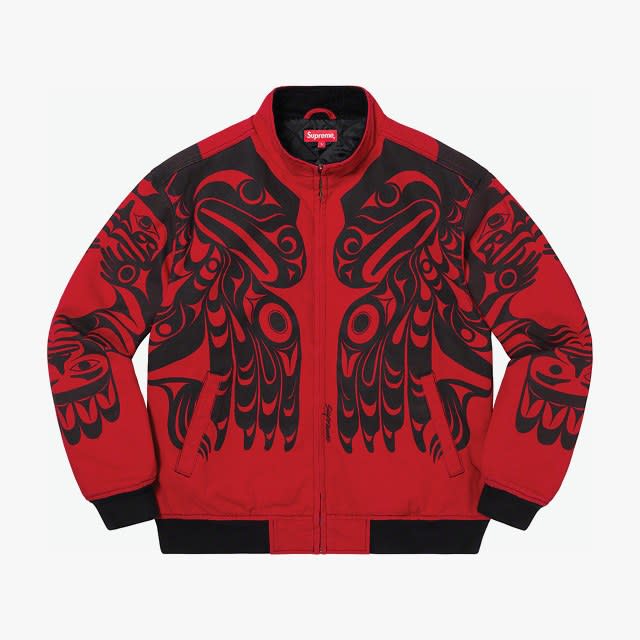
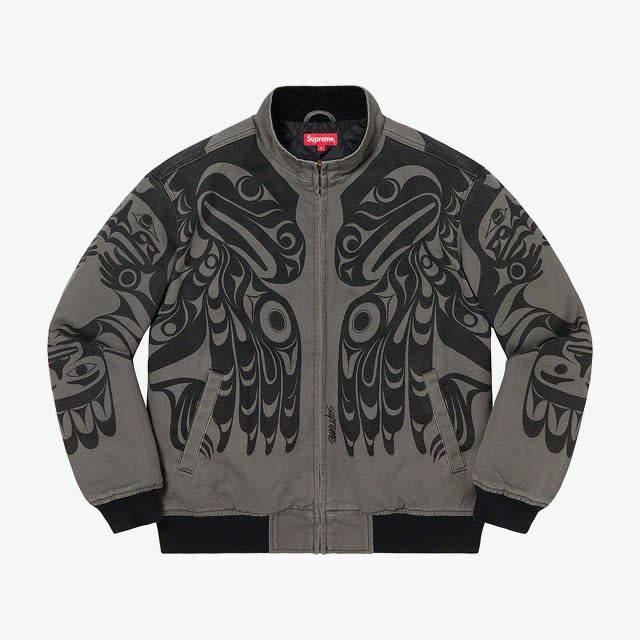
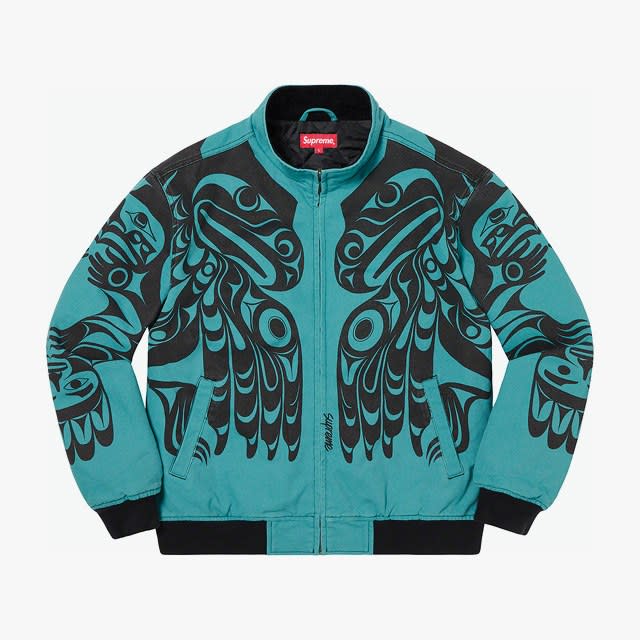
After briefly apprenticing with a woodcarver named Loren White in 1979, and experiencing “frustrations with my carving ability,” Goodwin then switched mediums and began engraving precious metals, such as silver, instead. By the ’80s, he also began pulling limited-edition giclée prints and screen-printing them onto clothing, one of his first forays into the world of fashion. More recently, he has created masks for his community’s ceremonial dances, as well as focused on graphic artworks, which are available on his site, that tell the history of his people and celebrate community milestones and events.
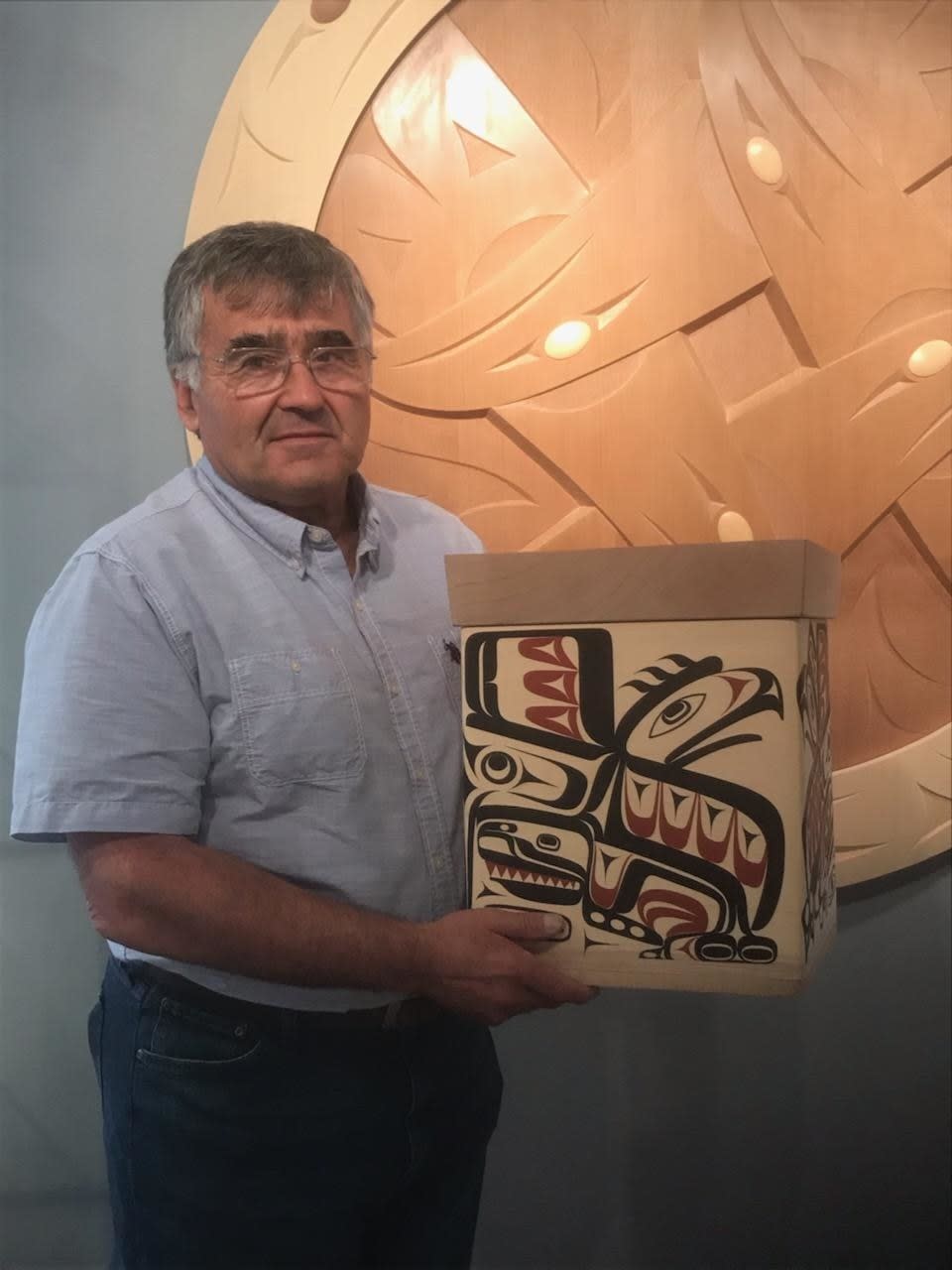
For his new Supreme collaboration, Goodwin revived clothing designs from his archive by printing them onto Supreme’s bomber jackets. The prints incorporate a traditional element from the Haida people—a tribe that, like the Makah, also come from the Pacific Northwest Coast. “The idea of this jacket came from a Haida teaching where ravens and eagles always mingle together on beaches and in the ports,” he says. “That concept of togetherness always stuck with me. The jacket has an eagle on the front and a raven on the back. On the sleeves, there is an unborn child which can be viewed right-side up, or upside down—again signifying the duality of the raven and eagle, who are used as clan images to explain why things are the way they are. These images show power, illustrate pride, and give people a connection to our stories.”
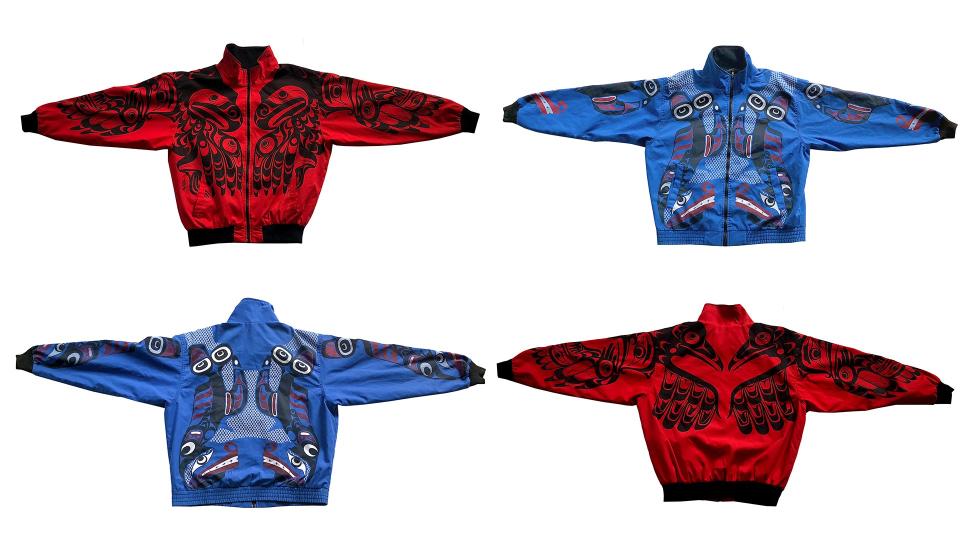
Given that Supreme reached out with the specific request to revive his jackets that they found on eBay, Goodwin didn’t see the collaboration as them “copying” his pieces, but rather an opportunity to bring them back to the masses to be enjoyed again. “Looking at a spectrum of [Supreme's] past work, I saw a pattern of nostalgia,” the artist said. “They bring things back in time and bring it forward. Doing this allows an individual’s art to be re-evaluated and seen again through the changes of culture.”
And culture is indeed at the heart of Goodwin’s work. It is, after all, the reason he still creates. “My art is, and has always been, about strengthening my community by having it based in our culture,” he said. “When we participate in our cultural traditions by dancing, singing, and sharing stories, we are moving forward together—the strength of our community lies in our culture.” He also added that he hopes the Supreme collection will inspire other mainstream fashion labels to include and engage with Native artists rather than simply appropriating their work, which is, unfortunately, still often the case.
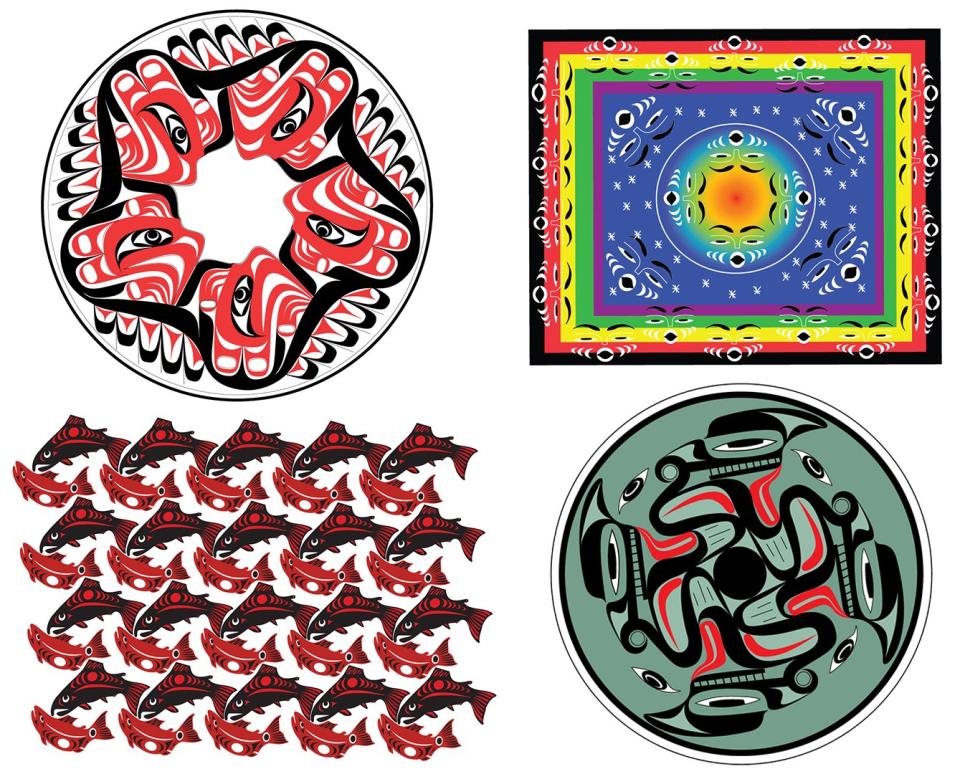
“It continues a harmful narrative that American Indians no longer exist... Unlike my recent project with Supreme that strengthens our community by having original Northwest Coastal art featured on products seen around the world, and worn by celebrities and influencers,” he said. “This has created exposure to our people, allowed us to speak about our issues, and most importantly, allows Native youth all over the world to see themselves represented on the big stage.”
Originally Appeared on Vogue

